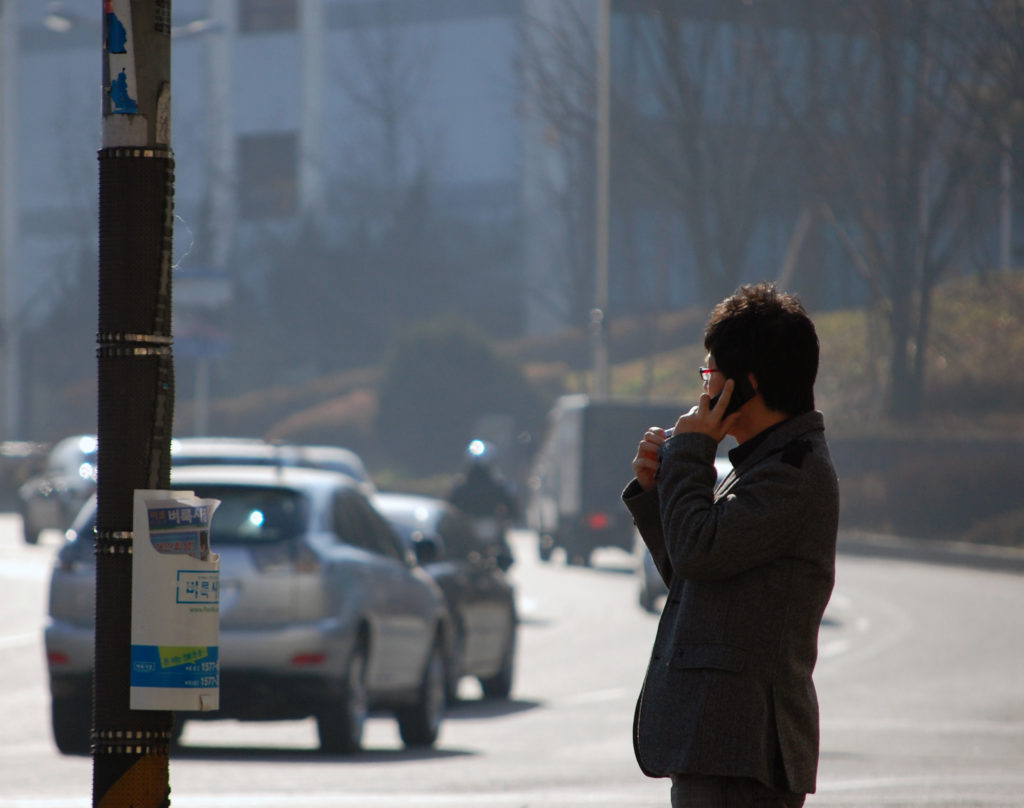The Peninsula
Internationalizing the Kaesong Industrial Complex and the Troubles of Orascom

By Troy Stangarone
In the aftermath of last spring’s shutdown of the Kaesong Industrial Complex, the Park administration has sought international investment to serve as a bulwark against future actions by North Korea that would endanger Kaesong’s operations. While finding ways to raise the cost of a future shutdown for North Korea is a sensible approach, the challenge is how do you convince foreign firms who are driven more by considerations of costs, profit potential, and stability rather than national aspirations to invest in a project with high levels of political risk driven by national concerns?
In a piece in Global Asia and at a conference in Seoul last November co-hosted by the Institute for Far Eastern Studies and the Export-Import Bank of Korea, I argued that attracting international investment to Kaesong would require a series of steps. These include the return of normal operations, the allowance of basic international standards for communications and transit, new South Korean investment in the complex, and insurance guarantees that go beyond those currently provided to South Korean firms to name a few.
The reasoning for this is fairly straight forward. To make Kaesong attractive for foreign firms they need to view it as investment where they have a reasonable opportunity to make a return on their investment. In order for that to be possible foreign firms will need access to basic utilities such as cell phones and the internet, along with assurances that North Korea will not withdraw their workers again in the near future, along with other incentives. At the same time, if South Korean firms are not willing to make new investments or increase their current investments in the complex, foreign investors may see it as a sign that the time is not right to invest in Kaesong due to the political risk.
In addition to those steps, the two Korea’s will probably need to seek investment by firms which either have a high tolerance for risk or are already familiar with the business environment in North Korea. In other words, the first foreign firms to invest in Kaesong will likely not be brand name Western firms like IKEA, which the prior South Korean administration courted for the complex. Rather, they are likely to be firms similar to Orascom, the Egyptian conglomerate, that already have a history and understanding of doing business in North Korea. Furthermore, if North Korea were to allow a cellular network to be set up in the Kaesong Industrial Complex, Orascom seemed the provider best placed to build and operate that network.
That may be less likely today. While the telecoms provider is the majority shareholder in North Korea’s Koryo Link service with some 2 million subscribers, speculation is growing that Orascom has halted further investment in North Korea due to an inability to repatriate $400 million in profits. While the firm issued a press release in December denying that it has halted investment, it has not denied its inability to repatriate profits and the Chosun Ilbo recently ran a story again indicating that Orascom has was not seeking further investments in North Korea.
Orascom’s current operations are dependent upon North Korea’s willingness to allow profits to leave, which were calculated at the official exchange rate by Deloitte in an audit last year. At market exchange rates those profits would be significantly less. In light of the small amount of international trade North Korea conducts each year and that Orascom’s estimated profits are more than four times the amount North Korea is estimated to have earned from the Kaesong complex in 2012, it is perhaps understandable that it would be reluctant to allow such a large amount of foreign currency to be repatriated. However, until firms regularly are able to repatriate profits, international firms will remain reluctant to invest directly in North Korea.
Fortunately, firms operating in Kaesong do not face the same obstacle, as their operations are not dependent upon the North Korean market for sales. Further, all tax and labor costs are paid to the North Korean government directly in U.S. dollars under the agreement arranged between North and South Korea. However, just as Orascom has had difficulty realizing a profit, few Korean firms to date have turned a profit in Kaesong ,while they have faced threats from North Korea in the past for unilateral tax increases and fines for unreported profits.
Despite the differences in the situation Orascom and Korean firms in Kaesong face, if Orascom has become reluctant to invest in North Korea it could have a negative follow on effect for internationalizing Kaesong. Orascom would have been a significant first mover for international investment and by its very nature would have helped to resolve one of the remaining challenges for attracting foreign investment – cellular and internet access.
Orascom and companies like it can play an important role in the early stages of internationalizing Kaesong. Because of their knowledge and comfort in dealing with the challenges of operating in North Korea, they can serve as first movers that demonstrate to foreign investors the viability of operations in Kaesong. However, if they become reluctant to make further investments in North Korea due to challenges faced by their current investment, finding initial foreign investors in the complex could become a more complicated task.
Troy Stangarone is the Senior Director for Congressional Affairs and Trade at the Korea Economic Institute of America. The views expressed here are the authors alone.
Photo from showbizsuperstar’s photostream on flickr Creative Commons.
